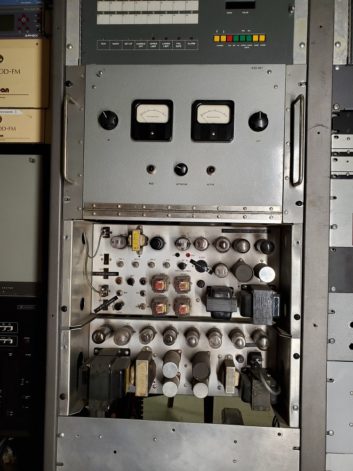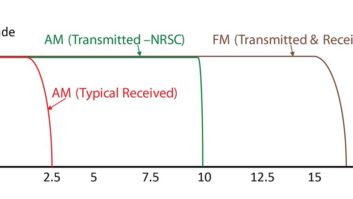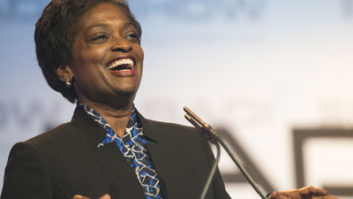Gary Peterson makes great points about the history of AM modulation (Reader’s Forum, “Modulation Limits,” Sept. 16 issue).
I’d like to add to that by including a note about one of the most unique audio processors ever developed, the Frese Audio Pilot.

The Audio Pilot was invented by a consulting engineer in Washington state named George M. Frese. Its unique aspect was the RF control, which was a unit that demoded a sample from the transmitter to provide the control voltage for the second compressor stage in the Pilot.
With a robust modulation transformer the Audio Pilot could modulate the transmitter with positive peaks well over 150%!
I remember on a Class IV station in Monterey, Calif., we were able to modulate (at low power, 250 watts) the Gates BC-1T out to 185% on positive peaks. The Audio Pilot could make a small Class-IV station sound bigger than the 5 kW or even 50 kW stations in the same market.
All Audio Pilots were hand-built and only about 43 or so were ever built. Most were located at radio stations in the western United States.
When the FCC instituted the 125% positive peak limit, Frese stopped building new Audio Pilots. They were $2,500 new in 1968, which would be almost $30K in 2020 money.
Any history written about AM processing will be incomplete without an examination of the Frese Audio Pilot.
PS – It had a small pre-emphasis with about a +3 dB spike around 3.5 kHz. When I used the AP in 1982, we replaced that section of the unit with an Orban parametric equalizer. It gave the unit a much more modern sound. I think the AP was the first AM audio processing with any kind of pre-emphasis.
BTW, George also invented the parapanel antenna for AM broadcast use. He never patented it and didn’t make any money off of it. But there are several stations in the NW with parapanels that Mr. Frese designed and built late in his career.
YouTube has an interview with the late George Frese, done by his grandson. [See the notes under that video for time markers for various topics within that lengthy interview. — Ed.]










